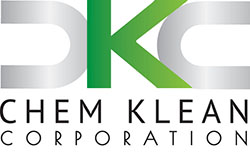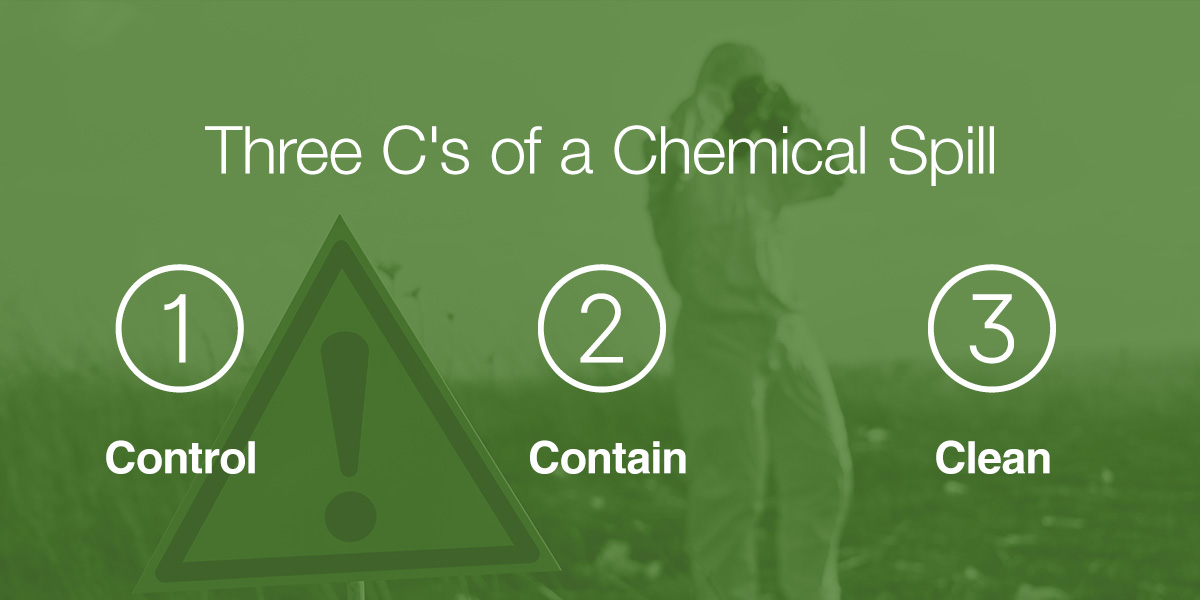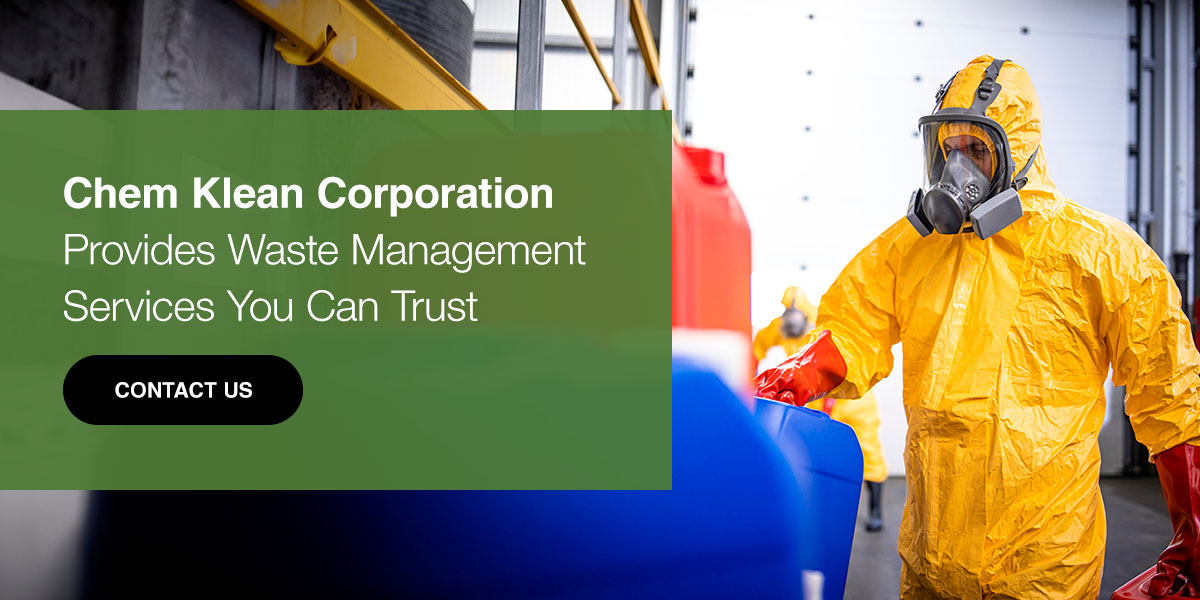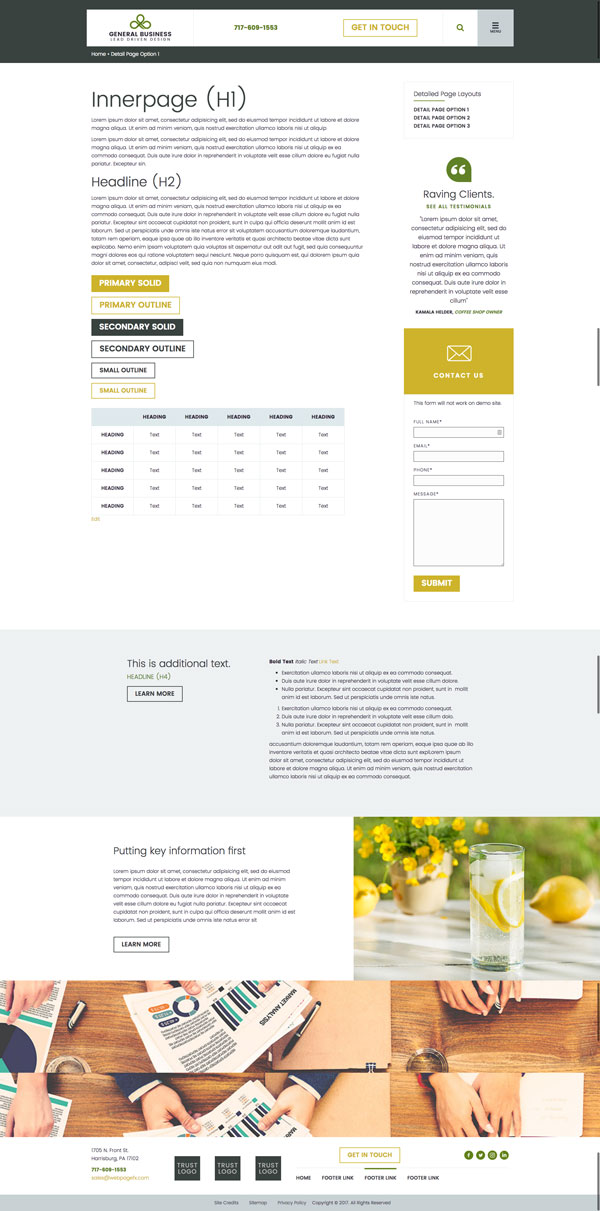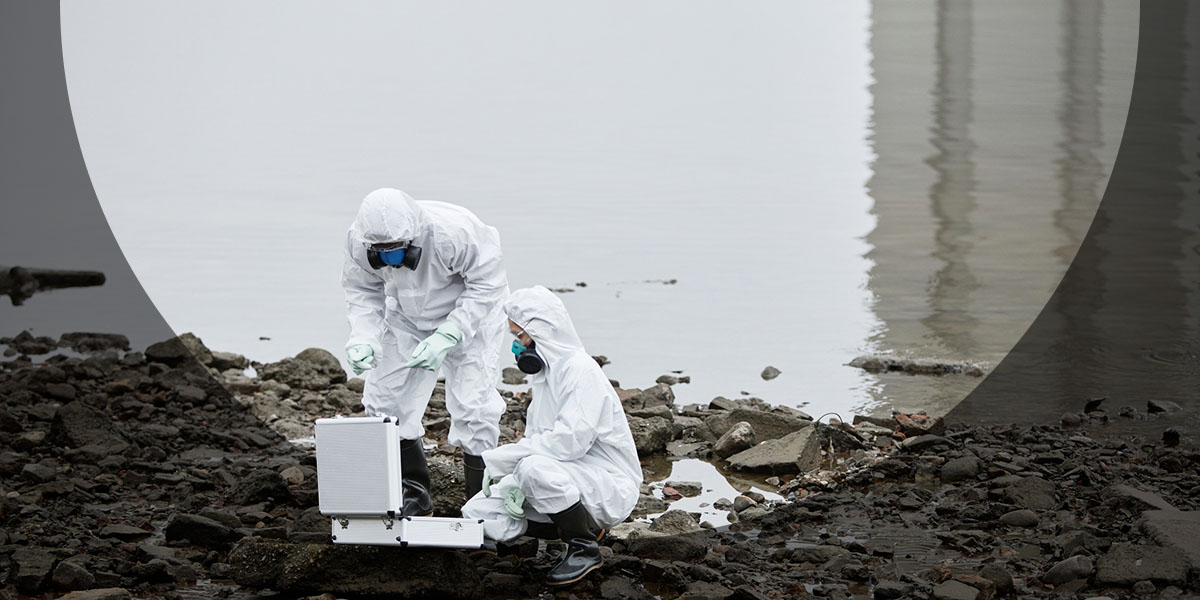
Knowing how to clean up chemical spills is valuable knowledge because chemical and high-hazard spills can quickly escalate into dangerous and destructive situations. Being aware of what you must do and what you must avoid doing is crucial. This guide will break down the definition of an emergency spill and the protocols that must be followed during this event.
What Is Considered an Emergency Spill?
A spill is classified as an emergency when it poses a threat to the health and safety of others. One can only respond to the threat posed by an emergency spill if they are trained in compliance with OSHA's Hazardous Waste Operations and Emergency Response (HAZWOPER). For a spill to be considered an emergency, it needs to meet these criteria:
- Size: The spill must be larger than one liter.
- Toxicity: The material spilled must be considered highly toxic or a reactive compound.
- Hazardous: The spill must cause an immediate environmental or fire hazard.
What Are the Three C's of a Chemical Spill?
The "three C's" outline how you should respond during an emergency spill. They detail hazardous spill cleanup instructions and how to respond to a chemical spill. Here's a breakdown of the three C's of a chemical spill.
1. Control the Spill
The first step when cleaning up a chemical spill is to wear the proper personal protective equipment (PPE). When selecting the PPE required for cleaning, consult the spilled chemical's safety data sheet (SDS), the PPE manufacturer's literature or the chemical manufacturer's literature. If you're not sure what the spilled chemical is, select the highest level of protection possible.
The sooner you act to control the spill, the less damage it is likely to cause. To respond quickly, you need to understand the spill procedures that need to be followed. Following spill procedures can make a significant difference in preventing further damage and harm to others.
You might be able to stop minor spills, such as small leaks from one-gallon containers. However, if you need assistance for a larger spill, follow these steps:
- Report the situation: You must immediately cease your current activity when the spill occurs. You must alert personnel and evacuate the area as soon as possible.
- Call for emergency services: If the spill is emitting toxic vapors, has caused a fire or an explosion, is extremely large, or poses a hazard to the occupants of the building, pull the fire alarm and call 911.
- Block entrances: Restrict access to the building during the emergency until the emergency services have cleared it.
2. Contain the Spill
The leak must also be contained. Confining the spill or hazardous material to the smallest area possible is vital. Use absorbent materials to prevent the spreading of liquids. Materials like clay, pet litter and fine sand are most effective. Sawdust and materials the liquid can seep through should be avoided. If the spilled liquid is a strong oxidizer, mixing it with such materials can create a fire hazard.
You can also use a spill kit. Spill kits are packed in porous fabric pillows and contain contain non-selective, universal sorbents. You can place the pillows on top of the spill to prevent the liquid from spreading. The pillows absorb the waste material and are an easy solution for containing a spill without risking drips or seepage.
When the spilled product is a powder, dust or granular material, it is recommended to create a light mist in the area. You may also cover the spilled material using a plastic container or cover. The plastic container must be thrown away afterward, as the spilled material will contaminate it.
Additionally, the spilled material mustn't go down drains, no matter how small the amount. Keep the material away from storm drains, sinks and pipes that lead to the sewers or water lines.
3. Clean the Spill
If the spill has yet to be contained and has spread over a larger area, it must be swept into a steel fiber drum lined with a heavy-duty bag. Add absorbent materials to the spilled area until all the liquid in the area has been absorbed.
After the spill has been cleaned up, the area needs to be decontaminated. In extreme cases, the area may need to be neutralized. A solution comprised of water and regular household bleach will suffice. The solution should be 30% bleach for best results. Use a coarse broom to cover the contaminated area. Then, add more absorbent material to the area. Repeat this process until the area has been completely decontaminated.
Dispose of all hazardous waste generated from the cleanup, including all contaminated cleaning equipment. Ensure your disposal methods are in strict accordance with Resource Conservation and Recovery Act Laws, and make sure to follow chemical spill cleanup procedures at all times.
First Aid During a Chemical Spill
First-aid procedures need to be understood in the event of a chemical spill. These procedures cover what to do when the material is swallowed, breathed in, or makes contact with the skin or eyes. The Centers for Disease Control and Prevention (CDC) outlines appropriate first-aid procedures to follow when working in areas where contact with hazardous chemicals is a possibility.
Preventing Future Chemical Spills
These are some tips and insights that will help prevent potential chemical spills:
- Understand the risks: By knowing what types of chemical spills are likely to occur, you will know how to react to and prevent them.
- Inspections: Routinely inspect chemical containers for damage, leaks or signs of deterioration.
- Proper storage: Keeping chemicals in the right conditions and storing them in an appropriate location is critical.
- Isolation: Avoid overcrowding in chemical storage areas. Overcrowding can result in accidental spills or damaged containers.
Chem Klean Corporation Provides Waste Management Services You Can Trust
Finding a team of expert chemists who can help you dispose of hazardous waste and manage dangerous spills in your lab is critical. Waste management rules and laws are complex and need to be strictly followed — that's why it's an absolute necessity for a lab to work with a waste management company when you experience a chemical spill. Chem Klean Corporation offers a wide range of products and services, including emergency response services, that make waste management issues a thing of the past.
We have over 20 years of industry experience and knowledge that inform the way we work. Our offerings are of the highest quality, and we take pride in our abilities. Contact us today to learn more about our hazardous waste emergency response services.
